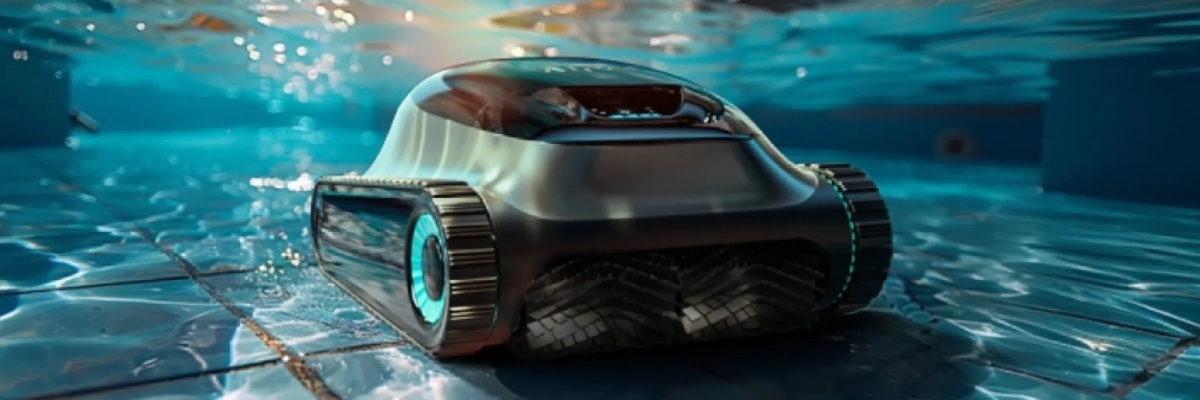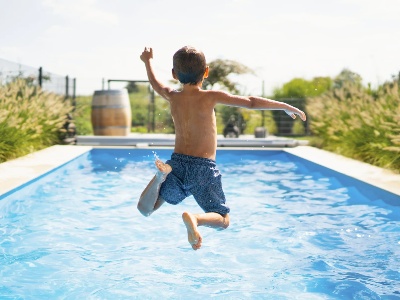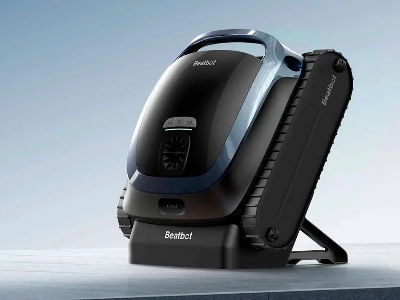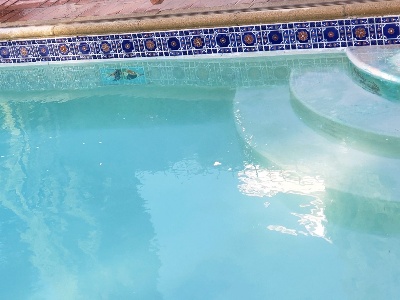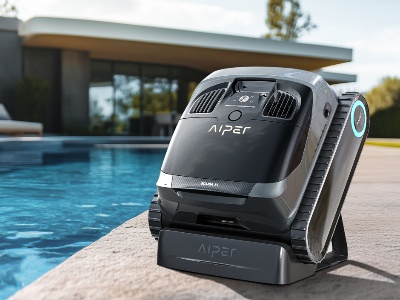Choosing a pool cleaner can quickly become a headache when faced with the multitude of models on the market. However, there are objective criteria that allow you to make an informed choice. By identifying the essential features - suction, filtration, coverage, autonomy - you can invest in a device that is truly suited to your needs. This article guides you step by step through the most important elements for assessing the quality of a pool cleaner. Whether you have an in-ground or above-ground pool, whether you are looking for a complete or targeted cleaning, the following advice will help you make the right choice.
Suction power, a decisive criterion
The ability of a robot to effectively suck up dirt is one of the first things to analyse. This criterion is particularly crucial if your pool is surrounded by trees or if it often accumulates leaves, sand or insects. Powerful suction not only saves time, but also limits cleaning cycles. Most high-performance robots have a suction capacity of more than 15 m³/h. It is also important to check that the suction system remains stable even when the filter starts to fill up. Some models, such as those from BEATBOT - notably the AquaSense 2 - are distinguished by optimised technology that maintains a constant flow throughout the cycle.
Filtration: fineness and accessibility
Cleaning performance depends not only on suction but also on the quality of filtration. A good pool cleaner must be able to capture both large debris and micro-particles. To do this, you should choose dual-level filters or filters with interchangeable cartridges. The ideal filtration fineness is around 50 microns for conventional domestic use. Easy access to the filter is also a point not to be overlooked: a clip-on filter or one that opens from the top is much more practical on a day-to-day basis. Brands such as Dolphin Maytronics and Zodiac offer effective solutions, but recent models such as the BEATBOT AquaSense Pro often combine fine filtration with very intuitive access for cleaning the filter.
Intelligent navigation: covering the entire pool
A robot must be able to cover the entire pool, whatever its shape. Basic models follow a random pattern, which is often ineffective. The most efficient use mapping algorithms or gyroscopes that enable methodical coverage, and therefore uniform cleaning. This capability is even more important in free-form pools or pools with obstacles such as stairs. Robots such as those from Hayward or Aiper use intelligent technologies, as does BEATBOT's iSkim Ultra, a hybrid model that cleans both the surface and the bottom. The result: cleaner water in a single cycle.
Cleaning the walls, bottom and water line
A robot limited to cleaning the bottom is no longer enough to meet today's requirements. The best robots must also climb the walls and clean the waterline, where grease, pollen and other residues that are difficult to remove accumulate. This type of cleaning requires sufficient motor power, high-performance brushes (often made of PVC or foam) and an optimal grip system. The ability to climb walls is a good indicator of a robot's overall quality. Brands such as BWT, Bestway and Zodiac offer this type of functionality. But beware: not all of them are equal in terms of real efficiency on the waterline.
Autonomy and type of power supply
The choice between wired and wireless robots depends on the configuration of your pool and your preferences in terms of user comfort. Wireless models, often with rechargeable lithium batteries, are practical but their battery life must be sufficient to clean the entire pool. Aim for at least 90 minutes for a medium-sized pool. Wired robots are more powerful, but require a nearby outlet and can be hindered by poorly designed cables. Brands such as WaterTech and Kokido offer additional cordless vacuum cleaners, while top-of-the-range robots such as those from Dolphin or BEATBOT rely on optimised autonomy and intelligent cycles to maximise coverage.
Weight, manoeuvrability and routine maintenance
A high-performance robot that is too heavy or difficult to handle quickly becomes a burden. Always check the empty weight of the appliance and whether or not it comes with a transport trolley. A good ergonomic design makes it easier to get in and out of the water. When it comes to maintenance, choose robots with a filter that is accessible from above, and that is easy to remove and wash. Recent models often have indicator lights or full filter alerts, which are very useful for avoiding any loss of efficiency. Also remember to check how easy it is to replace spare parts. This guarantees a longer lifespan and increased profitability of your investment.
What to remember when choosing the right pool cleaner
The pool cleaner market is vast, and not all models are equal. By focusing on the essential criteria – suction power, filtration fineness, intelligent navigation, ability to clean the walls and waterline, autonomy and ease of maintenance – you can refine your selection and invest in a truly useful device. Robots such as BEATBOT's AquaSense 2 or iSkim Ultra combine several of these advantages in a modern and intuitive format. However, other well-known brands such as Aiper, Hayward, Dolphin Maytronics and Zodiac also offer viable alternatives. The key is to adapt your choice to the specifics of your pool, how often you use it and your budget. Taking the time to compare performance and read customer reviews will help you avoid unpleasant surprises and enjoy your pool to the full all season long.

